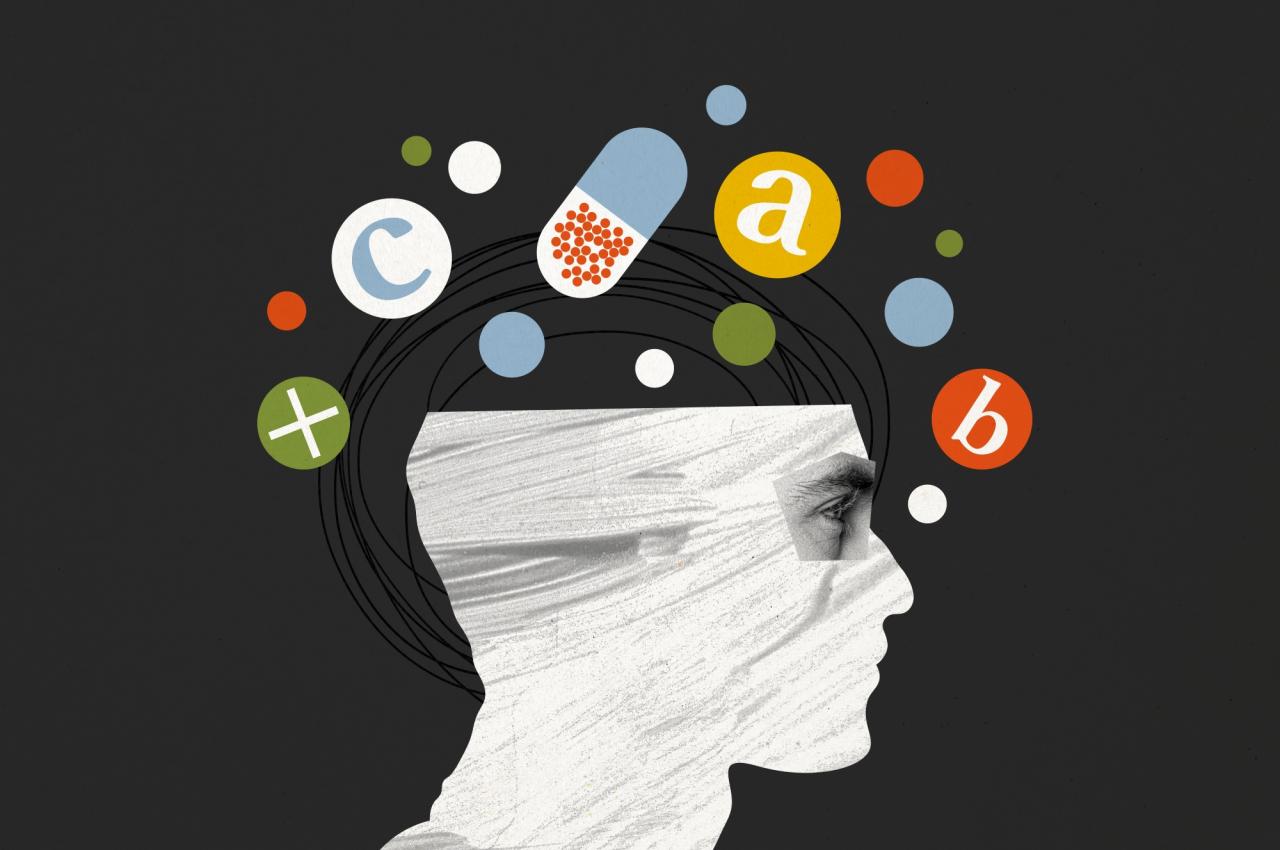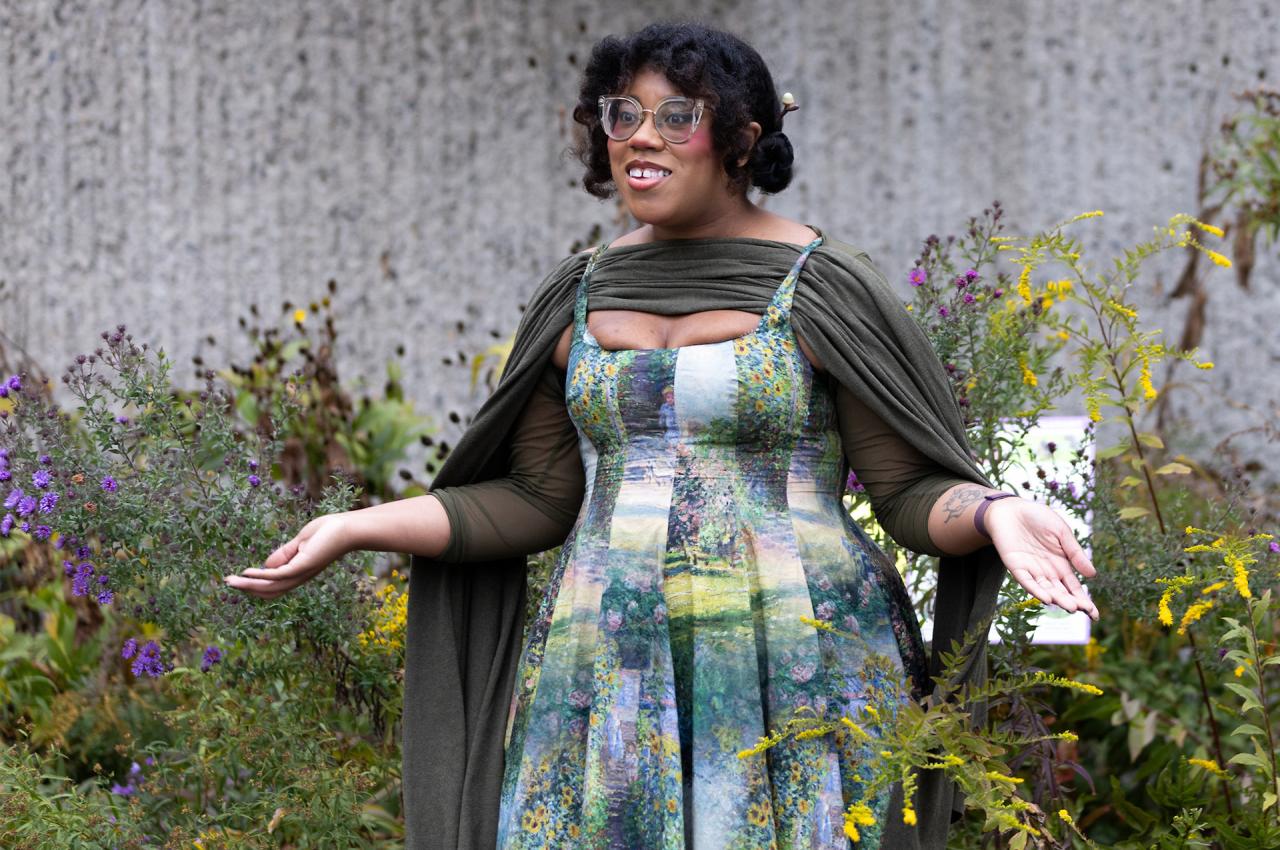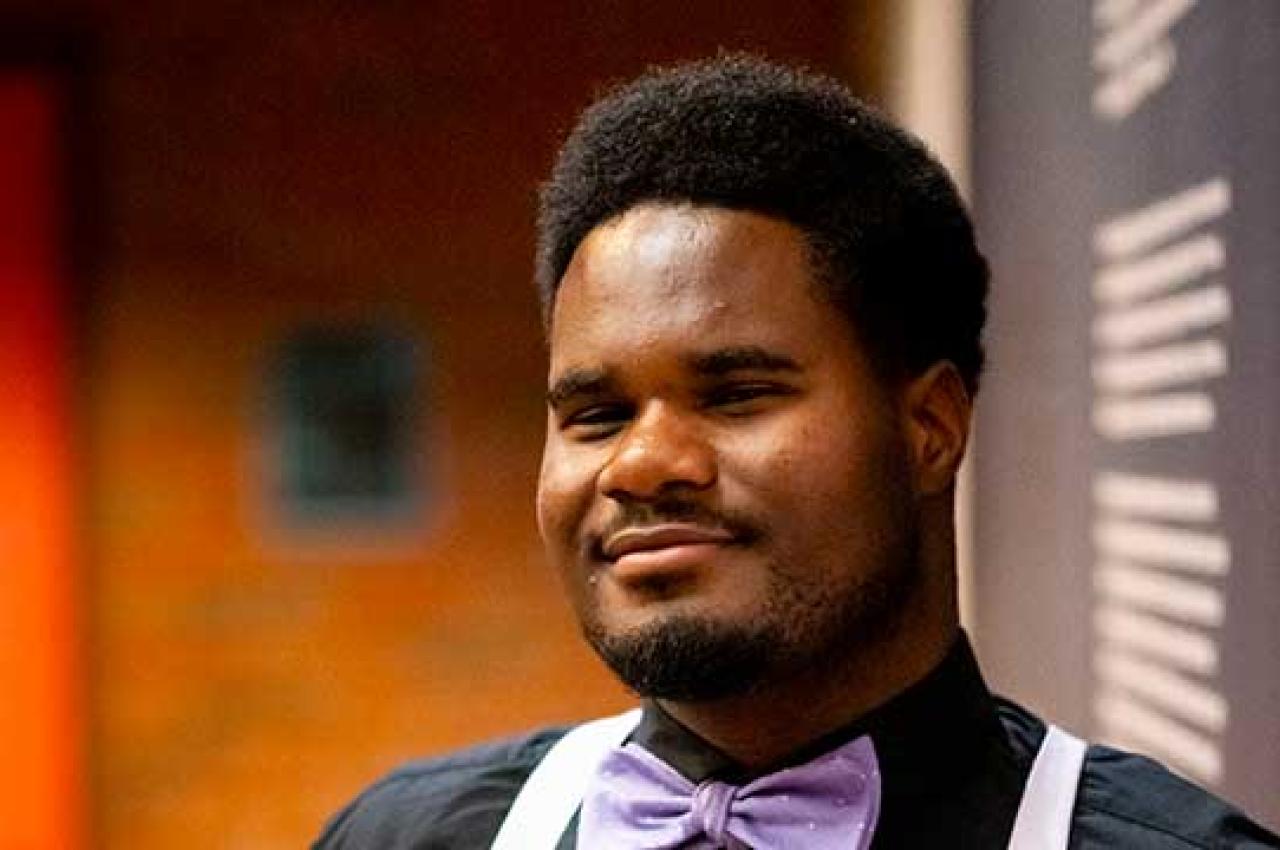What Mamdani’s Victory Says About Engaging Gen Z Voters
Last night, Zohran Mamdani defeated former New York Governor Andrew Cuomo to win New York City’s Democratic mayoral election. The city’s young voting base is being credited with boosting Mamdani to victory in the primary and general elections.
A new analysis by the Center for Information & Research on Civic Learning and Engagement (CIRCLE) at the Jonathan M. Tisch College of Civic Life highlights young people’s impact on the mayoral race. Nearly 1 in 5 youth voted in the 2025 New York City mayoral race—a high level of youth participation in a municipal election. Seventy-eight percent of those young voters supported Mamdani.
The victory by the 34-year-old Mamdani and the hand that voters aged 18-29 had in it raise questions about general trends in that demographic. Does this primary say anything about future major elections and the role that youth will play?
Tufts Now asked Ruby Belle Booth, a researcher at CIRCLE, for her insights.
The enthusiasm from New York City’s young voters is being credited with handing Zohran Mamdani his mayoral win. Is this in line with trends you’ve observed among young voters before?
Mamdani’s victory is a powerful reminder that when young people are mobilized and energized, they can shape election outcomes. We have seen that impact in national elections like 2018 and 2020, when the youth vote was critical to deciding the results. But it was especially encouraging to see that kind of engagement in a primary for a municipal race; those kinds of elections have historically featured much lower youth participation.
Mamdani’s victory shows that when campaigns focus on engaging new voters, it works. According to data from the New York City Board of Elections and L2, as reported by the New York Times, there was a significant bump in voter registration before the primary election, possibly as a result of the Mamdani campaign’s intentional targeting of new voters, young and old alike. Not all of those new registrants were necessarily young people, but many likely were; the same analysis showed major increases in the number of ballots cast by youth ages 18-34 compared to the 2021 Democratic Primary for mayor of New York City.
We have seen these kinds of efforts pay dividends before. In 2018 and 2020, youth voter registration was high—catalyzed in part by events like the Parkland school shooting, George Floyd’s murder, and the youth-led movements that followed. Those elections went on to set record highs in youth voter turnout.
What does this tell us about the narrative that young people are disengaged from and cynical about establishment politics?
It has always been clear from our research that a majority of young people are not apathetic: They are paying attention and want action on the issues they care about. But a lot of youth want big changes: Just 16% of young people believe democracy is working well for them, and trust in political parties and other political institutions is low. Candidates like Mamdani who appear to challenge the status quo, rather than represent it, may be especially attractive to them.
But Mamdani’s victory reflects more than that. Like many older voters, young people’s top issue across the last few election cycles has been the cost of living and inflation. That economic anxiety helped swing the youth vote to the right, compared to 2020, in the 2024 presidential election. Much like President Trump, Mamdani put economic issues at the heart of his campaign. He wasn’t just offering young people a fresh face, but also a platform that was directly tied to young people’s top concerns. Speaking to the issues that young people care about and offering a compelling vision to vote for, not just a candidate to vote against, was likely key to engaging youth.
Mamdani’s team worked hard on getting the candidate grassroots support on social media. How does the media diet of young voters impact their civic outlook?
Social media is a vital way that young people gather information about voting and elections: 4 out of 5 young people rely on at least one social media platform for political information. At the same time, as important as that digital media ecosystem is, many young people are looking beyond their screens to make sense of what they experience online. Our research has found that in-person opportunities, and belonging to civic organizations like religious, political, school, or volunteer groups where they can learn more about what they see online and connect it to issues and elections, are key to them taking action.
One reason in-person engagement is so important is that young people trust their peers and neighbors the most, and still rely largely on friends and family to learn about issues and elections. While Mamdani’s digital strategy was undeniably strong, so was his ground game: With over 50,000 volunteers ahead of the primary race, Mamdani’s campaign helped bring the energy and ideas of his flashy online presence into the real lives of New Yorkers.
After his upset win in the Democratic primary, the group Run for Something reported that 10,000 young people signed up with them to learn more about running for office themselves. Did you see similar trends during other surprise wins by progressive candidates?
In recent years we have tracked a growing trend of young people wanting to run for office, especially at the state and local level. It’s not just among progressives: We have also heard from organizations like Run Gen Z, which recruits and supports conservative youth, that when young candidates win it can prompt a wave of interest in running for office. This aligns with our research, which shows that young people are more likely to run for office when they are encouraged or feel qualified to do so.
Organizations like Run for Something or Run Gen Z can serve as that encouragement, while young candidates like Mamdani can model that it’s possible not only to run, but to win. Interestingly, in our research, young liberals were less likely to feel qualified to run for office. A candidate like Mamdani may help young progressives and youth of color who don’t see themselves represented in politics to feel more qualified.
Is this a potential bellwether for the 2026 midterms?
Yes and no. While New York City is a large, diverse metropolis, this was still a municipal race, and it may not serve as the best temperature check on youth engagement. Mamdani is a unique candidate who is responding to the conditions and concerns of the people in his city; his message and specific tactics may not be replicable or applicable everywhere else. The Democrats who won key statewide races in New Jersey, Virginia, and elsewhere—also with strong support from youth—show that candidates can succeed in different settings with different strategies and messaging.
At the same time, there are lessons here for candidates and campaigns in 2026 and in every election cycle. They must directly address young people’s top concerns and lived experiences—especially their economic struggles. They must combine digital outreach with in-person engagement that leverages young people’s peer-to-peer trust and connections. And they must invest heavily in reaching and registering new voters, who are proving that they’re capable of showing up in decisive numbers. That is a blueprint that any candidate, across the partisan and ideological spectrum, can use to engage young people in our democracy.
(Editor's note: This piece was originally published on July 14, 2025; it was updated after Mamdani’s win in the general election.)
Latest Tufts Now
- Study Identifies Which Patients Benefit Most From New Schizophrenia DrugBy tracking real-world responses, researcher found patterns that could help doctors match the right treatment to the right patient
- The ‘Black Forager’ Nibbles the CampusAlexis Nikole Nelson, an expert on foraging, shares advice for safely eating foods found in the wild
- Maxing Out Your Fiber Intake Can Have Broad Health BenefitsWith the fibermaxxing trend making headlines, a Tufts expert shares tips on why fiber is important in our diets and how to reach your fiber intake goals
- What Vitamins Should I Take During Menopause for Bone Health?A bone expert at Tufts breaks down which nutrients the body needs most during this phase of life, and what benefits they provide
- Where Does Tufts’ Water Come From?Tufts students and a water sanitation expert talk about the quality of the university’s water and what makes it possible
- ‘I Just Want to Push Myself to Be Better’A member of the men’s step team on the benefits of exploring activities outside of one’s comfort zone













